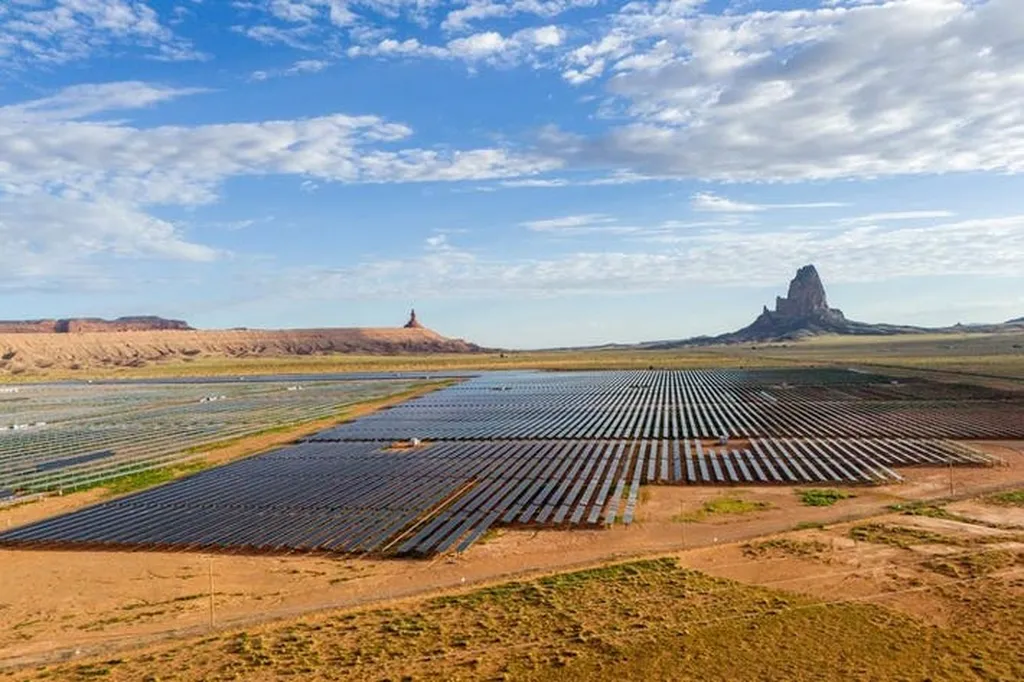In the pursuit of sustainable energy, Taiwan is emerging as a compelling case study, thanks to groundbreaking research that could reshape the island’s renewable energy landscape. A recent study published in the *Journal of Sustainable Energy Planning and Management* offers a comprehensive geospatial assessment of wind and photovoltaic (PV) resources, combining multi-satellite observations, reanalysis datasets, and ground-based meteorological stations. This integrated approach, led by Chih-Yen Wang from the Center for Space and Remote Sensing Research at National Central University, provides a robust framework for optimizing renewable energy development.
The study identifies the northern Penghu area in the Taiwan Strait as the most favorable zone for offshore wind development. With mean wind speeds exceeding 13 meters per second and shallow bathymetry suitable for fixed-bottom turbines, this area presents a significant opportunity for the energy sector. “The reliability of these findings is further confirmed by buoy validation, ensuring that our satellite estimates are accurate and actionable,” Wang explains.
For solar resources, the research highlights southwestern Taiwan as the region with the highest potential. Monthly averages of 192.2 W/m² of shortwave radiation and a PV output potential of 20.1 W/m² make this area particularly attractive for solar energy investments. The study also reveals that wind energy peaks during the northeast monsoon season (October–February), while solar power generation reaches its maximum in summer (June–September). This seasonal complementarity is crucial for energy planners aiming to balance supply and demand.
The implications for the energy sector are substantial. By leveraging this integrated geospatial framework, developers can make more informed decisions about site selection and resource allocation. “This reproducible framework provides robust support for Taiwan’s renewable transition and serves as a model for other islands seeking to optimize wind and solar under monsoonal climates,” Wang notes. The study not only enhances the understanding of renewable energy potential but also offers a scalable model for other regions with similar climatic conditions.
As Taiwan continues to diversify its energy mix, this research could play a pivotal role in shaping future developments. By integrating multi-satellite datasets and ground-validated information, the study provides a blueprint for sustainable energy planning that could inspire similar initiatives worldwide. The energy sector stands to benefit from these insights, paving the way for a more resilient and renewable-focused future.

